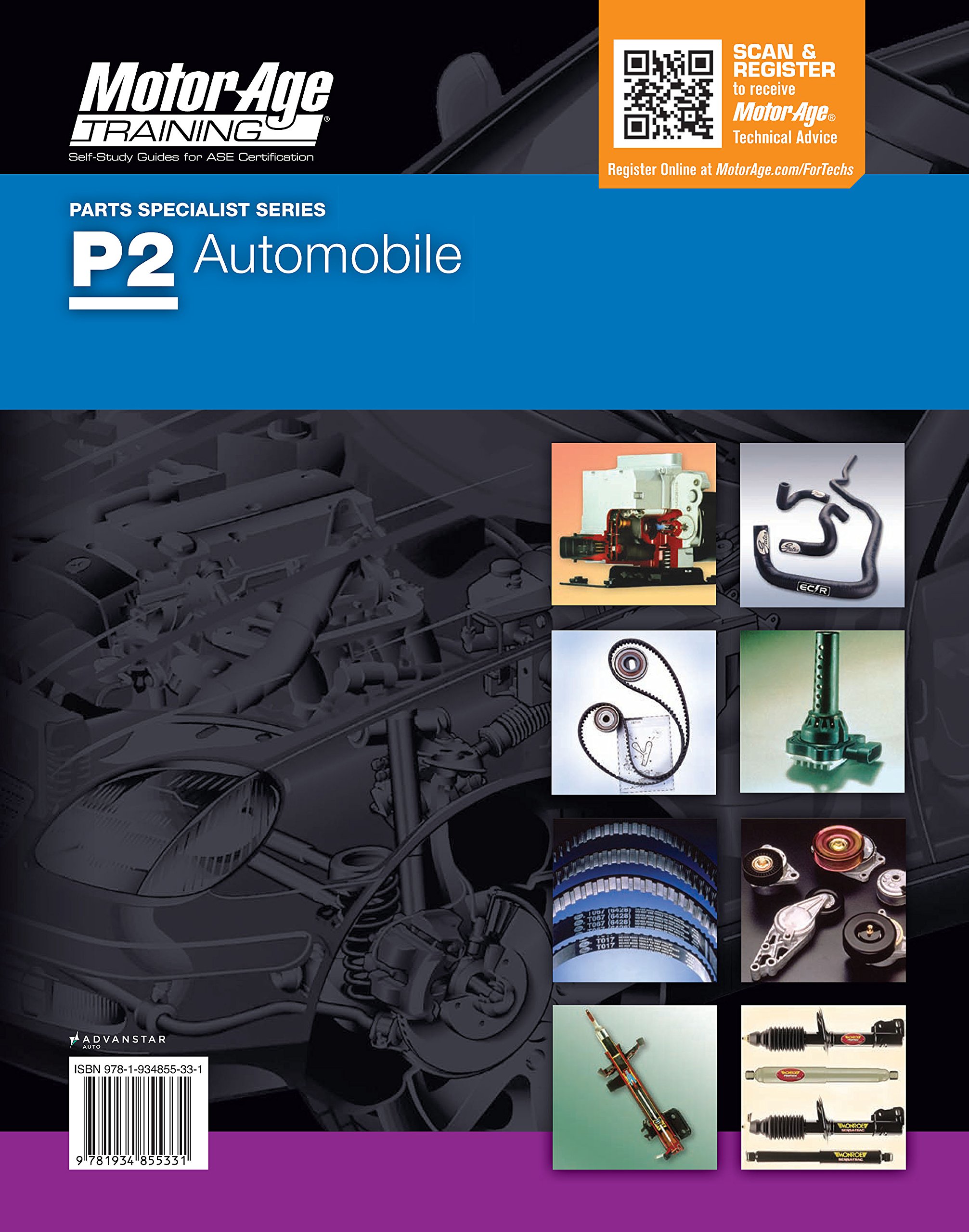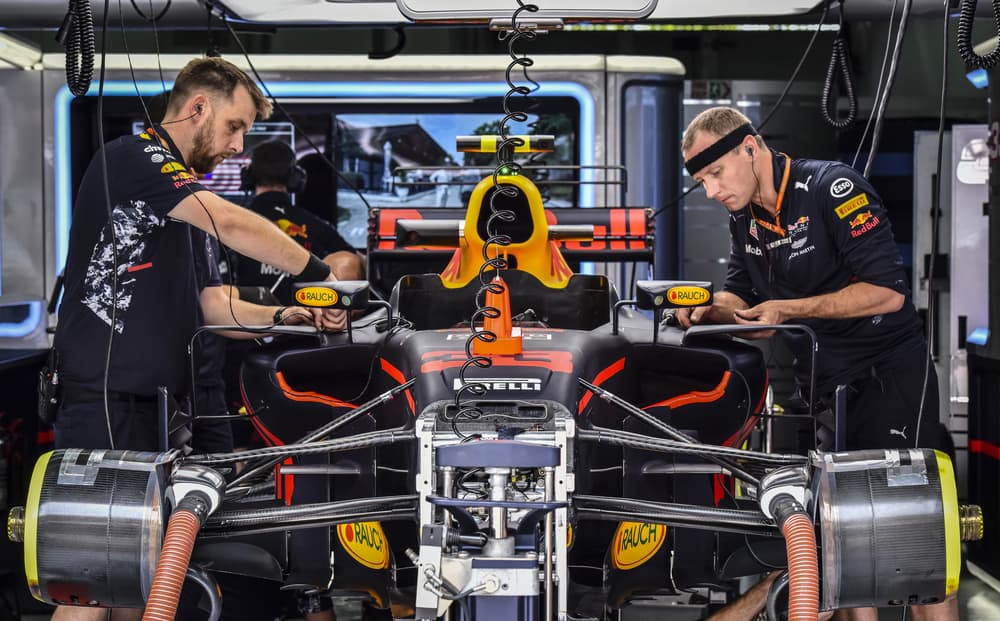
If your car's side mirror is hanging down, this article will show you how to replace it, clean it, and reattach it. The article will show you how to fix your side mirror so it works flawlessly. After you remove the cover, you can attach clips to reinstall it. If you have any questions, your car dealer can help.
Repairing a side view mirror
If you need to repair a hanging side view mirror, there are several steps that you need to follow. First, disconnect the mirror from your vehicle. This can be done by removing the trim. If the mirror is electrically adjustable, you may have to unplug the wiring harness connector. You can replace the mirror if it is broken by following these steps. Before you replace the mirror make sure that you measure the area.

Clean a side-view mirror
It is possible to wonder how to properly clean your side view mirror if it hangs from your car. These steps will make cleaning your side view mirror easy. You must first clean out the housing. For small pieces of glass, you can use an flathead screwdriver. Do not touch the glass.
Side view mirror replacement
It is easy to replace a side-view mirror hanging from a hook. Most cases, the mirror should be removed, not its housing. Once the mirror is removed, you can prime it with a plastic compatible primer. Then hang it in a dust free location. After the clear coat has dried, you can paint the mirror using a small spray paint can. To achieve a permanent finish, be sure to read the instructions for spray paint.
Reattaching a side view mirror
Remove the cap that covers the side view mirror to reattach it. Next, locate the connectors for your mirror and unplug them. You can use pliers to gently pry out these connectors, and then remove the mirror from the door panel. Next, attach the mirror to the door panel by using the new clips. Test the mirror for functionality.

Buying a new side view mirror
For a side view window mirror that is hanging down, you may want to consider purchasing a new one. This may be an option if yours is falling due to a T bone accident. These parts can often be found on eBay. Be sure to match your vehicle's model and options with the new mirror. Some mirrors may have heated functions and integrated turn signals. Before installing the mirror, make sure it is secured. It can be tedious to put it back in place and could cause damage to your car's paint.
FAQ
Are you a mechanic or a technician? Can I do part-time studies?
Although it's not mandatory, a degree can help. Employers prefer candidates who have completed a full degree. It shows that your efforts have been put in and you have succeeded.
It doesn't mean that you can't work while you study. Some universities let students complete their coursework in the summer and then continue their studies during the school year. Others allow students to study part-time all year.
How do I prepare to be a mechanic apprentice?
It is vital to be able to comprehend what you are doing. You must understand the workings of cars. This will help you to plan your first day in the garage.
It is also important to be able to fix small problems like broken lights or tires.
These lessons will help you to identify and fix problems.
For the purpose of putting them back together again, you'll need to be able to identify how each piece fits together.
Finally, you need to be able to safely and efficiently use tools.
All of these factors will allow you to become a skilled mechanic.
What length is an automotive course?
A three-year course in automotive is required.
The first year focuses on theory and learning about cars. Practical training is the second year. You will learn to drive, fix engines and perform other tasks around the car. You will spend the final year working in a local garage to gain real-world experience.
What is the best career for an automotive mechanic?
If you are determined to excel, the automotive industry offers many opportunities. This field requires hard work and the willingness to learn from others.
Because you will be spending most of your time communicating with customers and employees, you will need excellent communication skills. It's important to be flexible and willing to travel. This will make commutes difficult.
Take classes at community colleges or universities if you're interested to work in automotive. Many schools offer programs specific to students interested in sales, auto repair, or customer service.
Mechanical engineering should be your first choice for a degree. It's possible to get a bachelor's degree in just four years.
Many employers will hire graduates straight out from school. So it's wise to start looking for employment while you still have the chance to study part-time.
After your education is complete, you will probably need some training in order to become an automotive technician.
This means that you must pass the Automotive Service Excellence exam. This test covers topics including engine maintenance, brakes, steering systems, suspension, and more.
Once you have passed the ASE Test, you are eligible to apply for a National Institute for Automotive Service Excellence License.
You can repair vehicles owned by private citizens with a license. You'll get compensation based on the amount of services you perform.
It's important to note that not all states require licensing. A license is required if you plan on working outside of your home state.
Some states don’t issue licenses until a certain amount has been completed. If you are one of these people, you might need to look for another alternative.
What is the length of an apprenticeship as an automotive mechanic?
It takes three years to complete an apprenticeship as an automotive mechanic. This includes two year at school as well as two years as an apprenticeship. The first year teaches you all aspects, from theory to practical skills and safety procedures. During this time, you'll also learn how to use tools safely and efficiently. After the completion of the first year, you will spend another year on the job training. Here you'll gain valuable experience in different trades. These periods will also give you the chance to take formal courses.
The final year of the program is spent gaining qualifications and becoming certified in the field. These include NVQs (National Vocational Qualifications), that are given after passing specific industry exams. You can also get HNCs (Higher National Certificates), that cover subjects such as customer service, business administration, management, and business administration. City & Guilds certificates can be obtained for individuals who want to learn certain trades.
How long does it take you to become a great mechanic?
To become a skilled mechanic, you need years of experience and practice. The best way to learn how to repair cars is by working under the supervision of a professional mechanic.
You'll have to spend time at a garage learning all you can about cars and mechanics. It is important to get familiar with the mechanics of cars and engineering.
Additionally, you will need to attend an auto school.
It's important to start early. Don't wait until you're older to begin studying automotive technology. Do you want to be a mechanic? Get started today!
Statistics
- Apprentice mechanics earn significantly less hourly than mechanics who have completed training, with a median wage of approximately $14.50 an hour, according to PayScale. (jobhero.com)
- There were 749,900 jobs available for automotive service technicians and mechanics in 2016, which is expected to grow by six percent through 2026. (jobhero.com)
- According to the BLS, the median annual salary for automotive service technicians and mechanics in the United States was $44,050 in May 2020. (uti.edu)
External Links
How To
How to diagnose your vehicle properly for repair
You should first examine the symptoms your car is showing to determine if it requires repairs. You can then follow these steps for a proper diagnosis of your vehicle.
-
Check engine lights. The dashboard light indicators, including the engine light, oil pressure gauge, battery light indicator, coolant temperature gauge and RPM gauge, should be checked. You may have a problem with your vehicle if any of the indicators are flashing for more than a few days.
-
Check the treads of your tires. Tires that are worn can cause issues with handling and braking. Also, inspect the treads of your wheels. They should be smooth and clean. To do this, remove the wheels and take them out. You can check the tread wear with a flashlight.
-
You should always monitor the level brake fluid. You must keep track on the level of brake fluid in your vehicle. This will ensure your brakes function properly. Your brakes may fail if the brake fluid level drops.
-
Test the suspension system. A suspension system is designed to absorb vibrations and shocks. It gives you better control and allows for smoother accelerations and decelerations. A suspension problem can cause your vehicle to feel wobbly and shake uncontrollably. To test whether your vehicle has a suspension issue, try putting weight on the front or rear axle and observe the movement.
-
Examine your steering column. The steering column connects the steering wheel to all other components of the vehicle. Many accidents can cause damage to steering columns. You should replace the steering column if it is loose or weak.
-
Observe the exhaust pipes. The exhaust pipes are responsible for moving gases from the combustion chamber into the atmosphere. Your cabin will be effected if your exhaust pipe cracks or leaks. If your tailpipe bends, it is important to fix it immediately.
-
Check under the hood. Look underneath your hood to see if anything looks strange. You could have fluids leaking from the engine. Also, professional technicians should be called if you detect an unusual smell coming out of your engine compartment.
-
Check the air filter. The air filter in your vehicle collects dirt and dust from the environment. Your vehicle will run less well if it has a dirty filter. Replace your air filter regularly.
-
Verify the fan belt. Your vehicle's fanbel is what connects the engine and the transmission. If the fanbel breaks, your engine won't turn. The process of replacing the belt is straightforward. All you need is a screwdriver and some pliers.
-
Make sure you inspect the radiator hoses and hoses. The radiator hose is used to carry water from the radiator to your engine. It can become cracked or damaged and leak hot liquid onto your engine. The hose can be repaired with a pair or needle-nosepliers, and a wire brush.
-
You should inspect the windshield wipers. Windshield wipers work by using electricity to remove rain and snow. If they stop working, they could leave streaks on your window glass. Change the washer fluid to fix the problem.
-
Check the battery cables. Batteries provide power to electrical systems inside your car. When you replace batteries, make sure to disconnect the negative cable first. Failure to do so can damage your alternator.
-
Make sure your headlights are working properly. Headlights help you see the road ahead. Bad visibility can be caused by headlights that don't work correctly. Inspect the bulbs for signs of burnt out.
-
Check the lights. The lights are there to warn other drivers if they approach you at night. You may be distracted by the light and end up in an accident.
-
Check your brakes. Brakes slow down your vehicle before a collision. If they aren't working correctly, you could lose control of your car and crash.
-
Change your oil. The oil keeps your engine well lubricated. It prevents metal parts from rusting too quickly. Changing the oil every month is recommended.